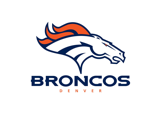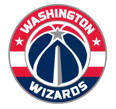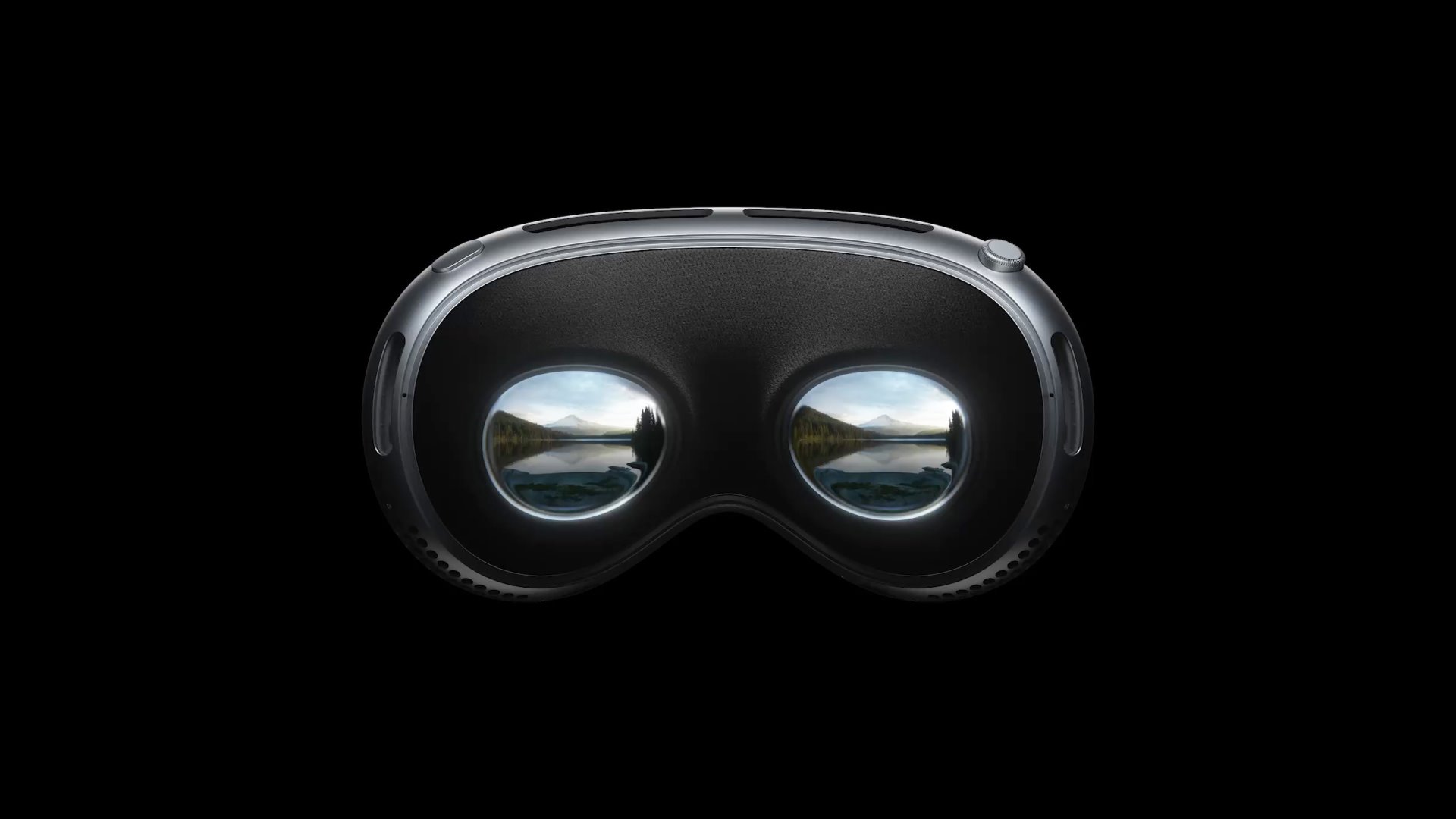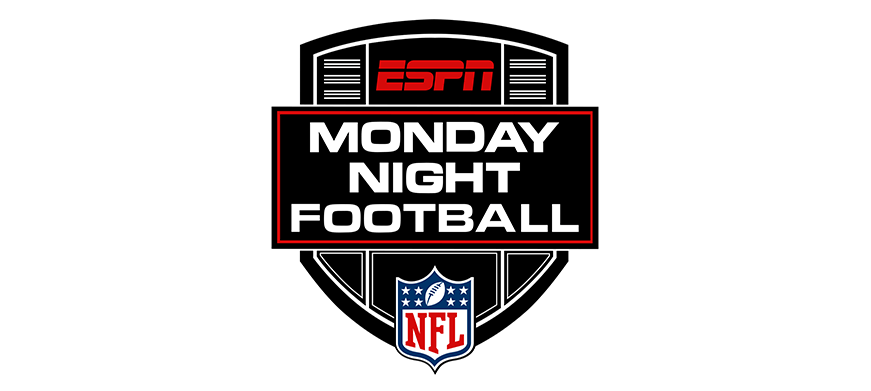
Are you ready to take your team
to the next level?
We look forward to hearing more about what you do and showing you how we can help. Send us a message and a member of the Strivr Sports team will get back to you soon.
For press or media inquiries, please email us directly at media@strivr.com.
For support requests, please visit support.strivr.com.
Contact
Strivr Sports
By clicking on the button above, you agree to Strivr’s Privacy Policy and Cookie Policy. You also agree to receive future communications from Strivr. You can unsubscribe anytime.

















